René Heredia, a link to the past and inspiration for the future
A flamenco guitarist, teacher and choreographer with roots in Almería and Granada, who ultimately settled in the U.S. in the 1960’s with his numerous family, and has been living in Denver, Colorado for decades.
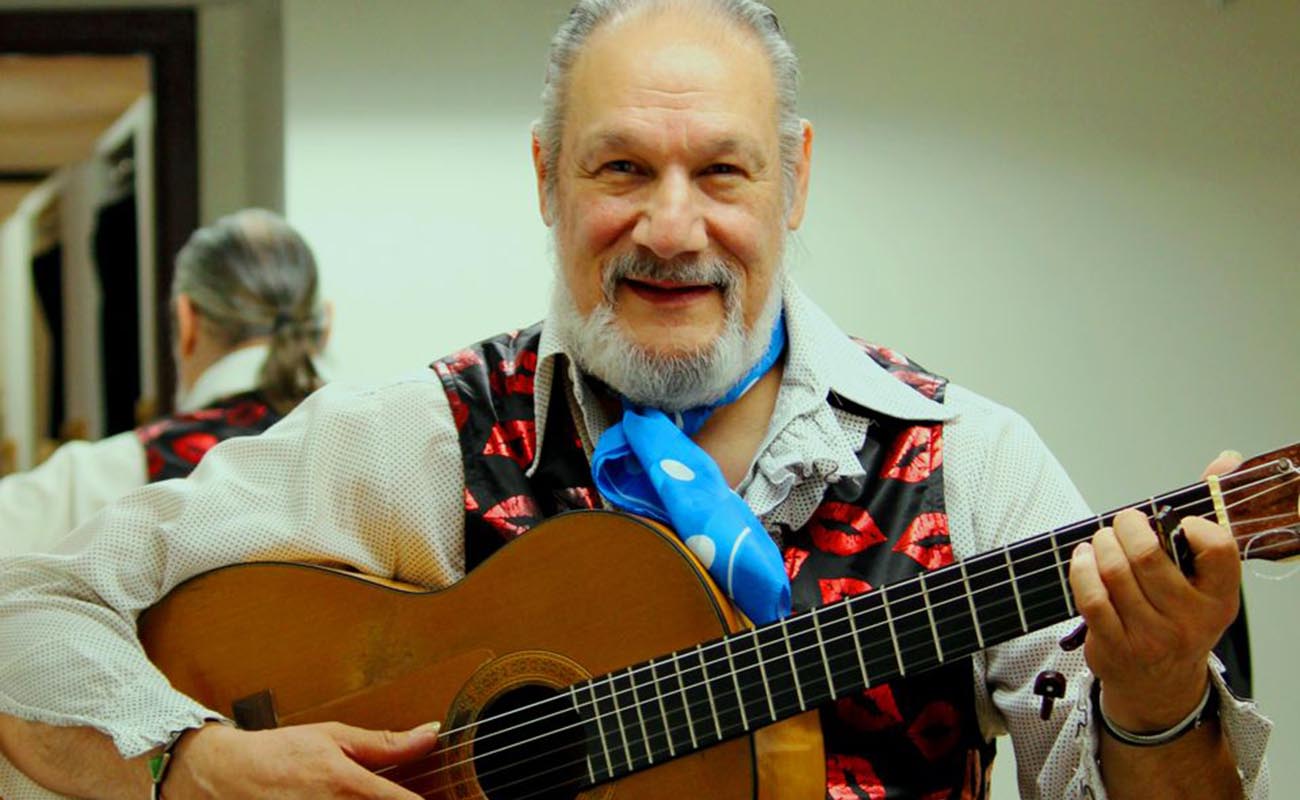
A flamenco guitarist, teacher and choreographer with roots in Almería and Granada, who ultimately settled in the U.S. in the 1960’s with his numerous family, and has been living in Denver, Colorado for decades. It’s hard to know how to begin talking about René Heredia, born in Los Angeles in 1939 and raised in Granada.
That’s already an exotic profile, but there’s much much more. He’s the youngest member and sole survivor of 11 siblings, seven of whom became professional flamenco artists. Their father José from Granada, a guitarist, and their mother Enriqueta from Córdoba, a singer, initiated the children in the art of flamenco.
René Heredia has given numerous guitar concerts interpreting pieces of Sabicas, Mario Escudero and Esteban de Sanlúcar, and he also played with the Denver symphony orchestra for whom he wrote a flamenco suite, Alborada Gitana.
His name isn’t a household word, but in fact he has worked with some of the most revered flamenco artists. At 17 he began four years in the company of Carmen Amaya, afterwards, with the José Greco company, Manuela Vargas, Mario Maya and many others. He holds countless awards for his contribution to flamenco, and many parts of the U.S. have pockets of flamenco activity thanks to his mentoring in both guitar and dance.
René is a member of the Latin Chicano Music Hall of Fame, holder of the award Living Legend of Dance, with command performances for U.S. presidents and royalty from abroad, television appearances with Lola Flores and many others. The list of honors and tributes just goes on and on.
But perhaps the most eloquent testimony to the man’s credentials can be seen in the amateur films recorded in his home in the early 1950s where we can see legends like Sabicas, Greco, Carmen Amaya and Carlos Montoya horsing around, singing at the kitchen table in René’s home and dancing with the numerous Heredia family. Sabicas himself is on record in his day as saying “René Heredia is the most sensational young flamenco guitarist in the United States”.
In the following interview, René gave concise answers in nearly unaccented English, and revealed how proud he is of his family’s contribution to flamenco.
René, are you related to the Heredias of Granada?
No, my family is from Almeria and Granada, but the name of our tribe is “Los Clavijos”. We were the pioneers of flamenco in America along with Antonio Triana, Los Montes, Luisa Triana, Jerónimo Villarino and Vicente Gómez among others.
How did you end up in the United States, specifically Denver?
We were contracted to perform. That was in 1968, now there’s a flamenco community in Denver as a result of our presence. We toured New York, Chicago, Texas and Los Angeles before settling in Denver.
There are photos of you with your brothers and sisters, “Los Heredia”. Are you the sole survivor of that group? How did you learn to play guitar?
I’m the only surviving member of the group. I learned guitar mainly from my father, José, from Sabicas and Mario Escudero.
Where did you live in Granada in your youth?
In La Mamola, a small town on the eastern coast of the province. When I was a youngster, foreigners were already seeking out flamenco.
Did you ever perform in the caves of Sacromonte?
No, but my sister Sarita lived and worked in them. There’s a video on Youtube where she sings, dances and plays guitar in 1960 on the Groucho Marx show, and she mentions Sacromonte.
I remember meeting Sarita in Puerto Rico in the mid-sixties…what personality! Was she the main soloist in the group?
No, all my sisters danced solos, Fátima, Zoraida and Carmen
There’s a video of you playing for Manuela Vargas with Fosforito and others on United States television. Were you a regular member of that company?
No, Juan Habichuela called me for the show, and I worked with Juan and Fosforito in Spain afterwards.
What was it like working with Carmen Amaya?
A very special experience with Carmen, she was an amazing artist and great inspiration.
Do you ever visit Granada?
Yes, I do, and I’m also really good friends with La Chana, a tremendous artist, we correspond every day.
In the decades you’ve been living and working in the U.S., have audiences changed? Are they more sophisticated, do they prefer contemporary flamenco, or can you give them traditional guitar, cante and dance?
They’re more savvy than years ago. They like traditional flamenco and often tell me they don’t see this style much anymore.


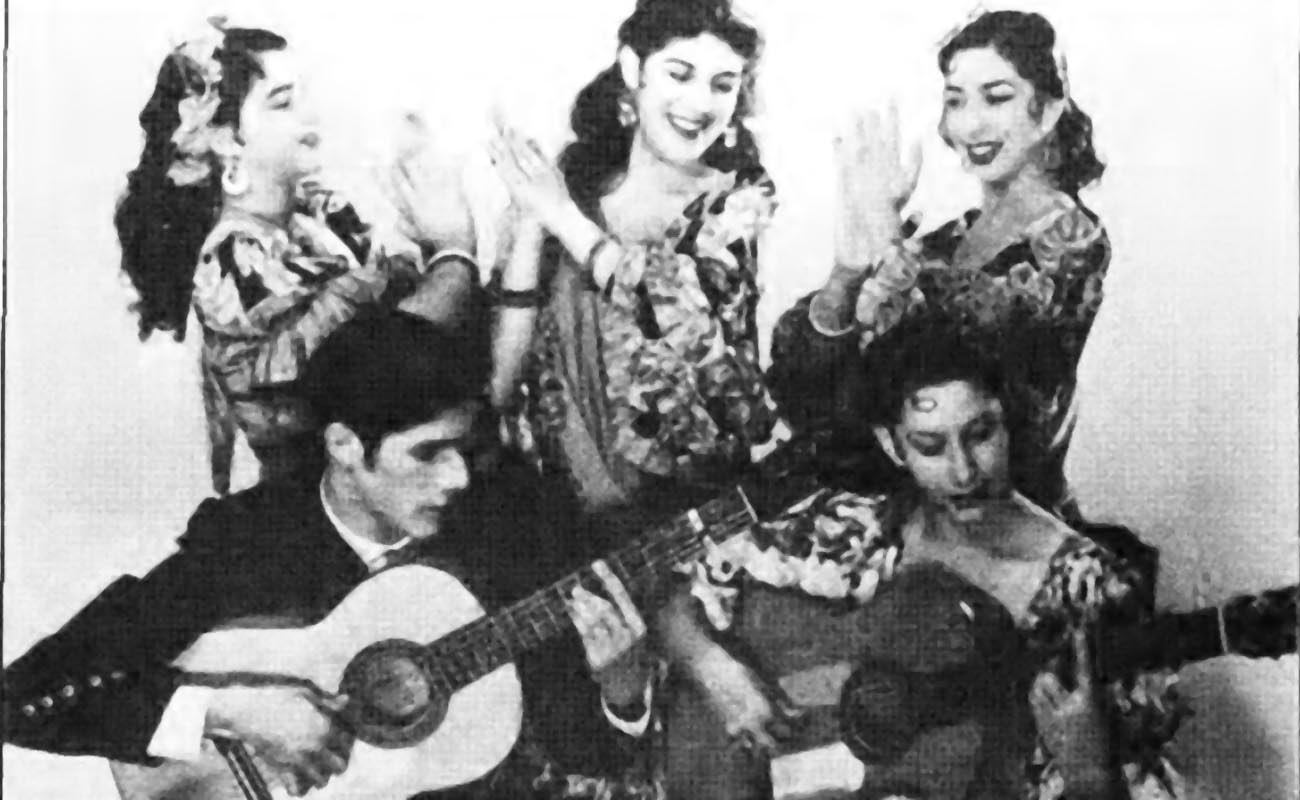
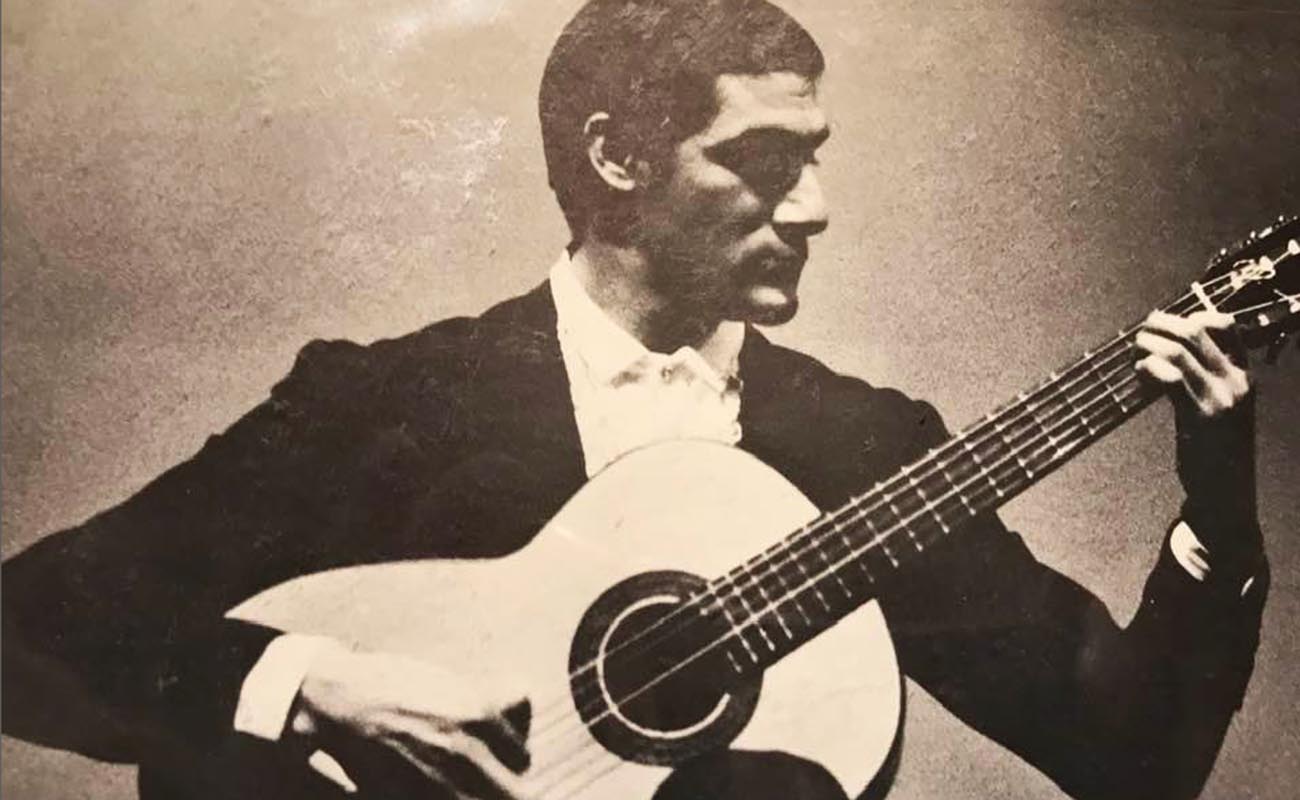
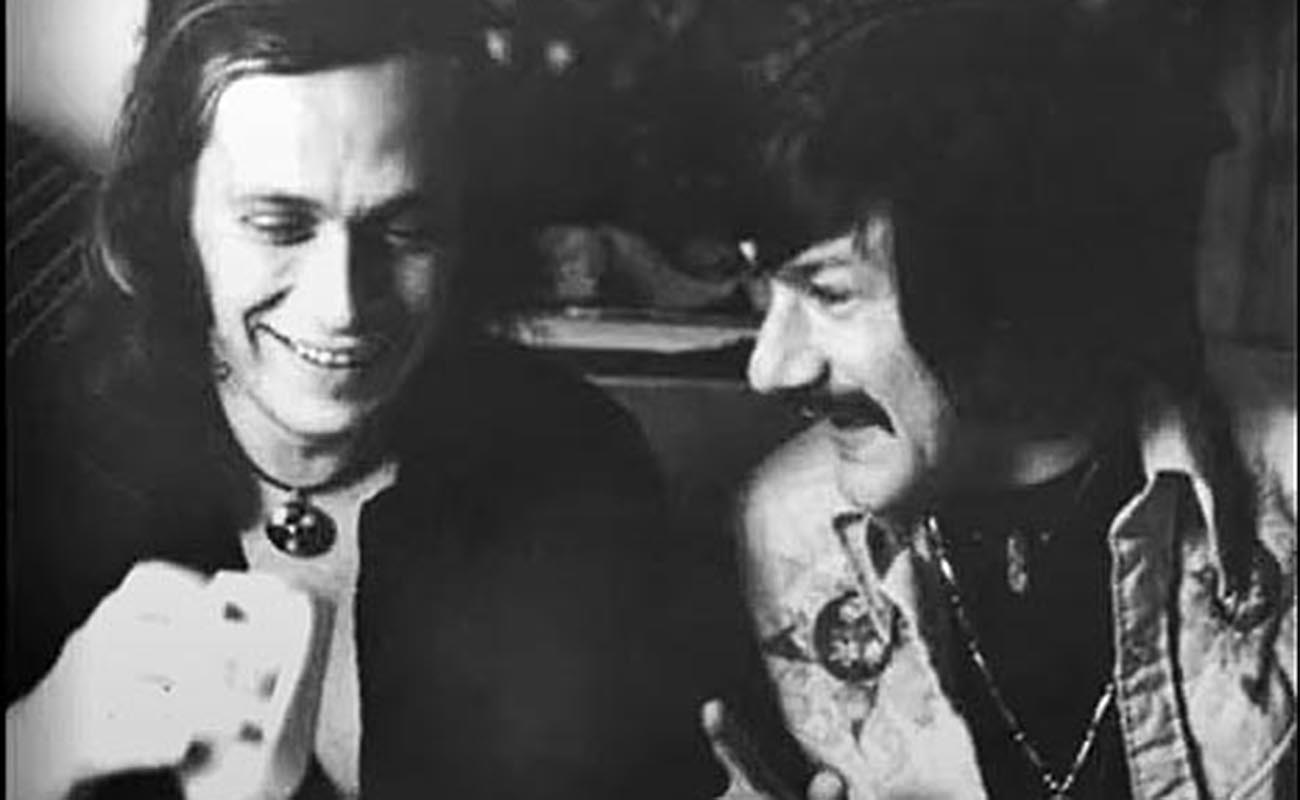
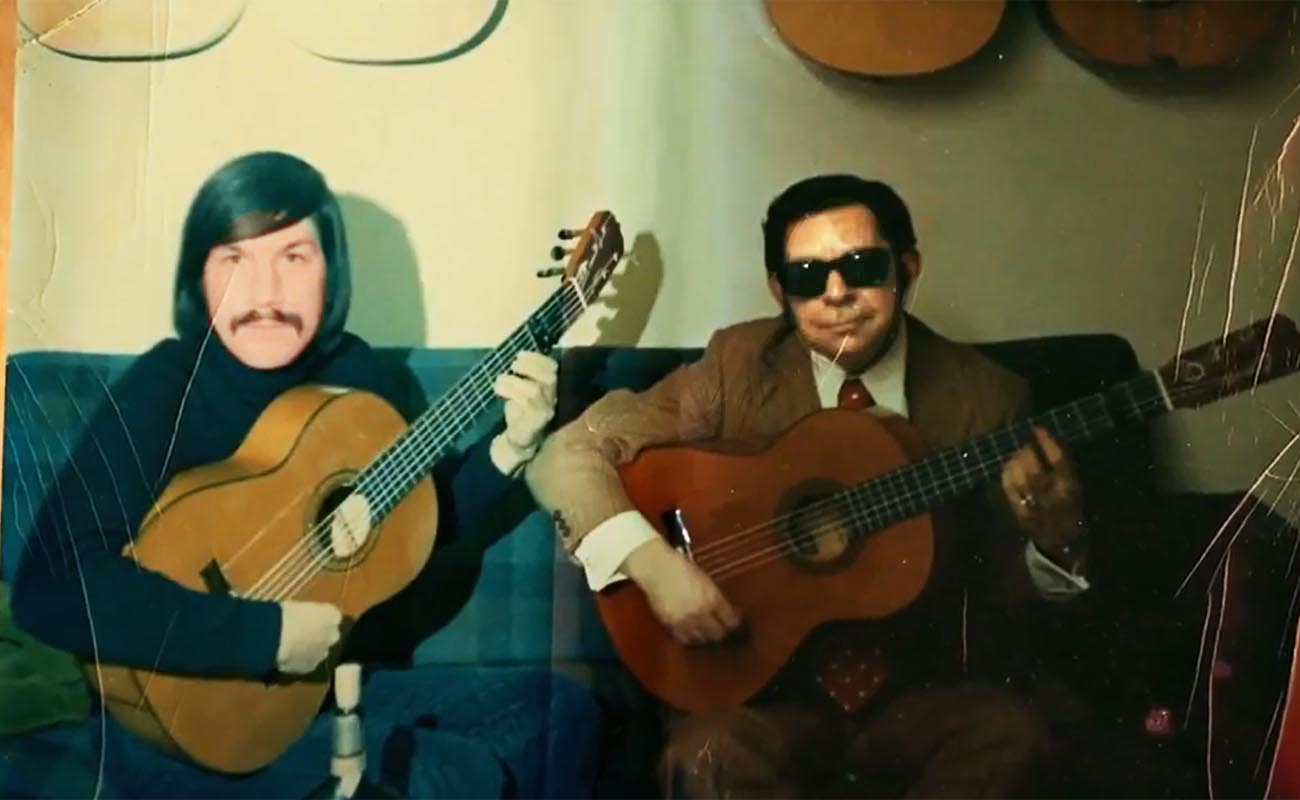
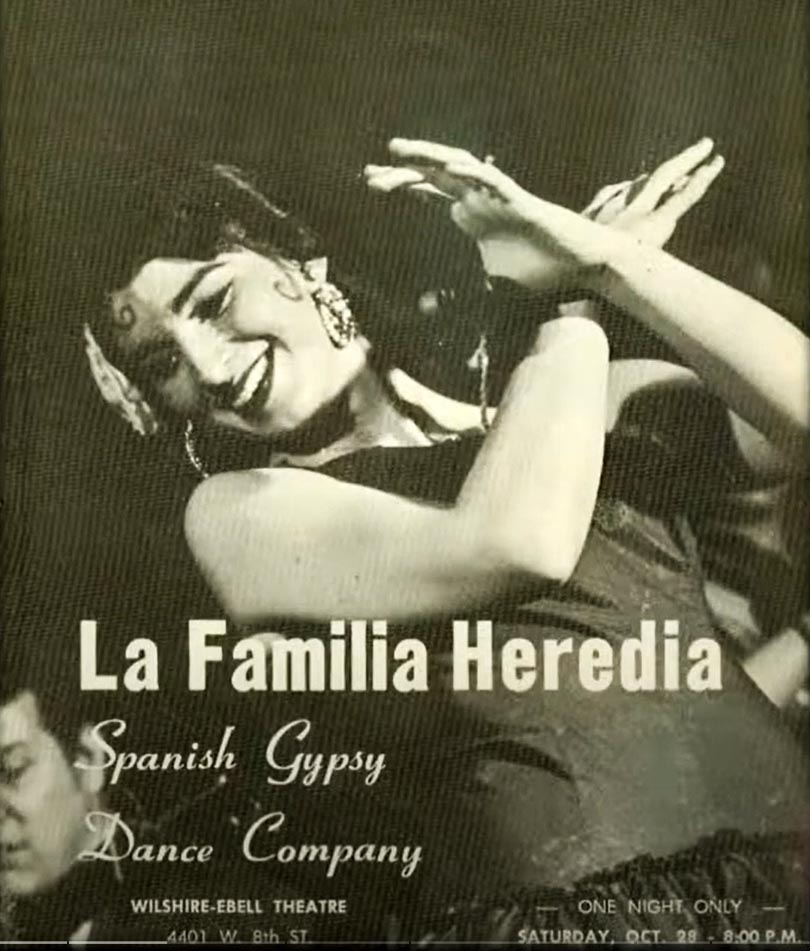



Rene C Heredia 21 July, 2022
Estela, your article on me and my family, “Los Heredias” is done in a very professional manor and to the point. I’m glad you are working hard to pro mot flamenco all over the world.
If there is anything I can do in the future just let me know.
Un Fuerte abrazo, Tu amigo,
René
Estela Zatania 21 July, 2022
It’s been a privilege to be able to tell flamenco fans about your amazing family and your contribution to flamenco.
Rene C Heredia 22 July, 2022
Dear Estela, Along with Sabicas, Mario Escudero, Carlos Montoya, Carmen Amaya, José Greco, Paco de Lucia, Juan Serrano and many others who have been promoting the Arte Flamenco in the U.S A for many decades, I am proud to be included in that group of artists who have given of themselves the many hours of study, energy and effort to the promotion of the Flamenco Arte in the United States. Although I specialize in Gypsy Flamenco, I do recognize that the Andalusian art form which encompasses both forms are equally important.
Saludos Cordiales and warm Regards,
René Heredia